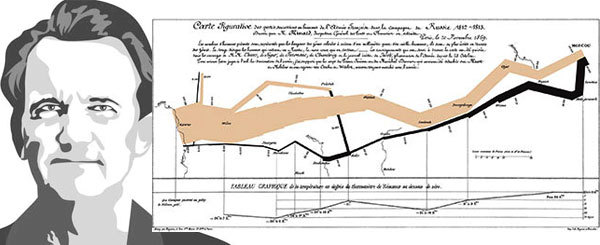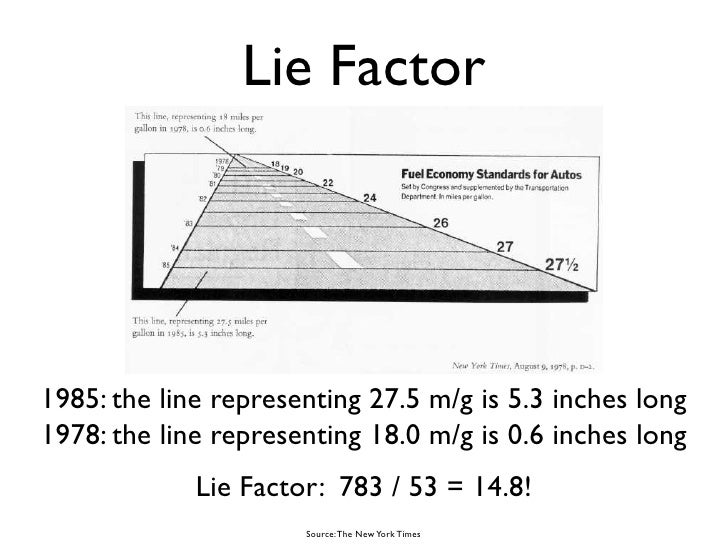A judge rules the accounting firm failed to meet professional standards in its audits of Colonial’s mortgage warehouse lending division.
PwC gave the bank’s parent, Colonial BancGroup, a clean audit for years before it emerged that huge chunks of Colonial’s loans to TBW were secured against assets that did not exist. Colonial collapsed in August 2009.
In the malpractice case, U.S. District Judge Barbara Jacobs Rothstein agreed with the Federal Deposit Insurance Corporation that PwC failed to meet professional accounting standards in its audits of Colonial. The FDIC sued the firm after incurring $2.8 billion from Colonial’s collapse.
“PwC did not design its audits to detect fraud and PwC’s failure to do so constitutes a violation of the auditing standards,” Rothstein ruled. The fraud, which centered in Colonial’s mortgage warehouse lending division, was orchestrated by Lee Bentley Farkas, the chairman of TBW, with the aid of Catherine Kissick, the head of the Colonial’s MWLD, and other Colonial employees. PwC said it was duped by Farkas, who skimmed millions of dollars from Colonial to buy a private jet, vintage cars and a vacation home. But Rothstein faulted PwC for, among other things, failing to inspect or even request to inspect the underlying documents for some TBW mortgages.
“PWC argues that even if it had attempted to inspect the underlying loan documents, it would not have uncovered the fraud because the fraudsters would simply have created fake documents,” Rothstein noted. “This, of course, is something that we will never know. However, what we do know is that Ms. Kissick, one of the key fraudsters, testified that if PWC had asked to see even just ten loan files ‘[t]he jig would be up.’” The case now moves into a damages phase, where the FDIC is seeking, according to one pre-trial document, as much as $2.1 billion.
Source: Heller, M. (2018). PwC Found Liable for $2B Colonial Bank Fraud. CFO.

